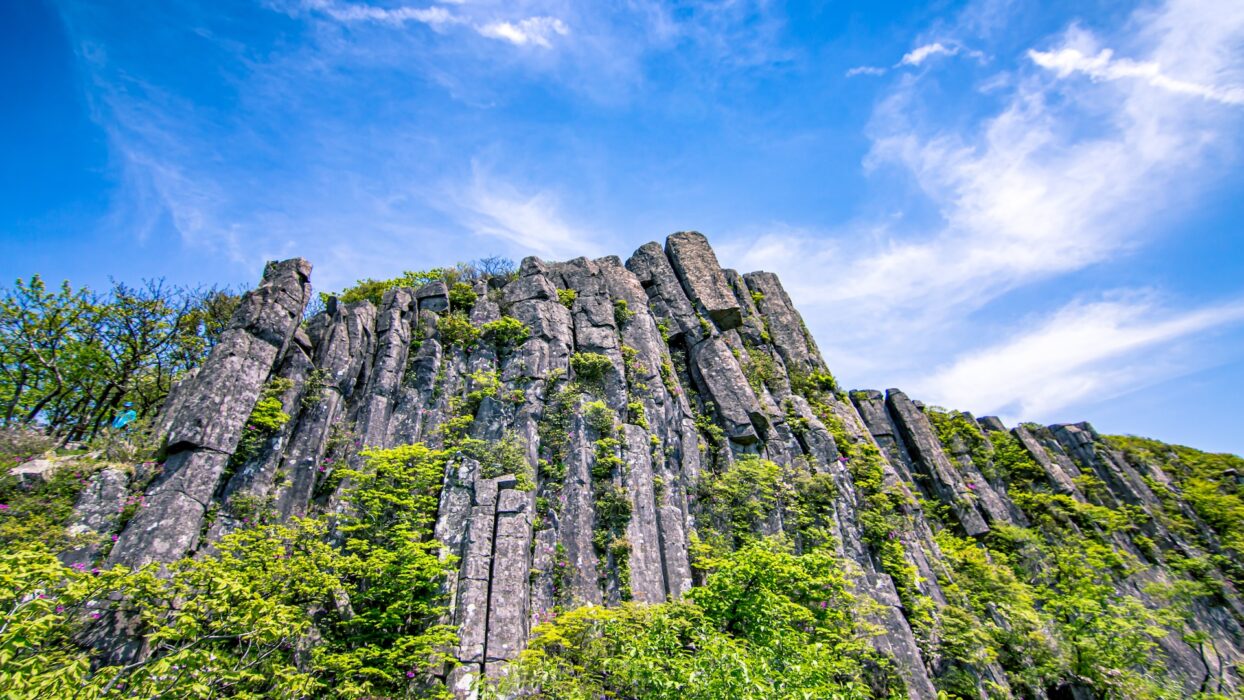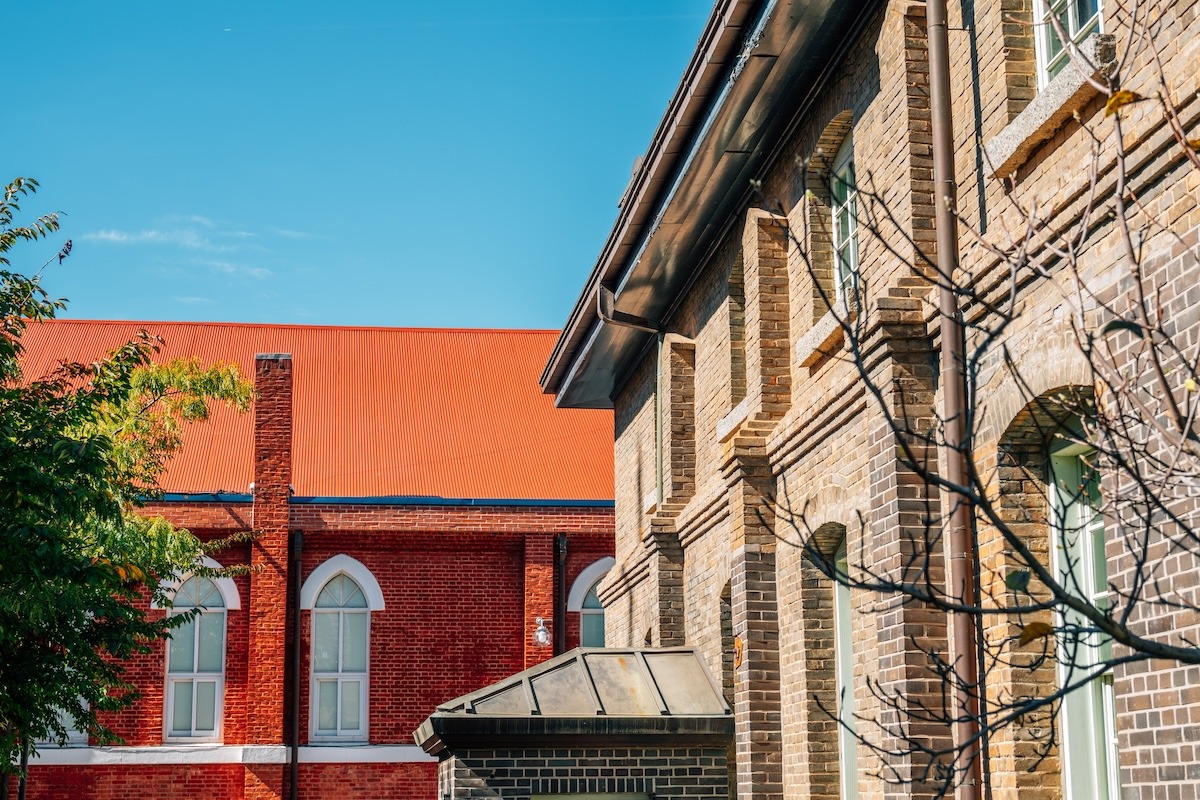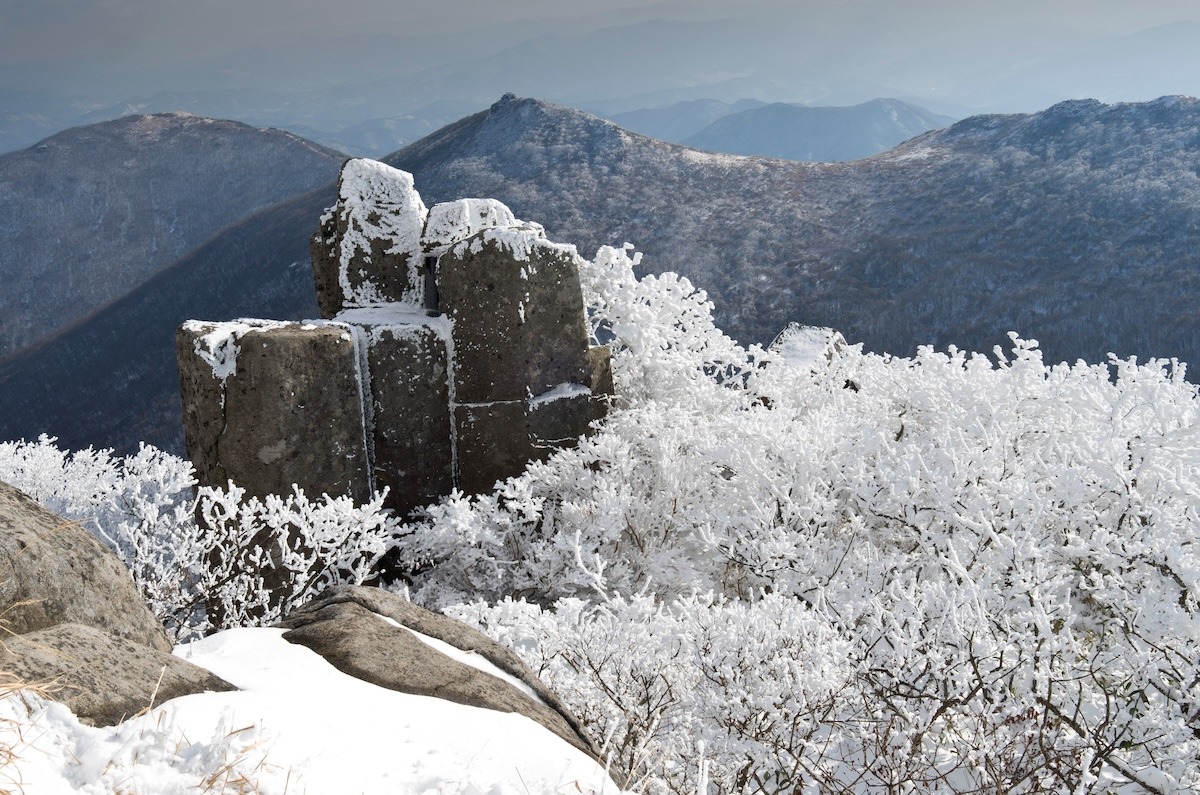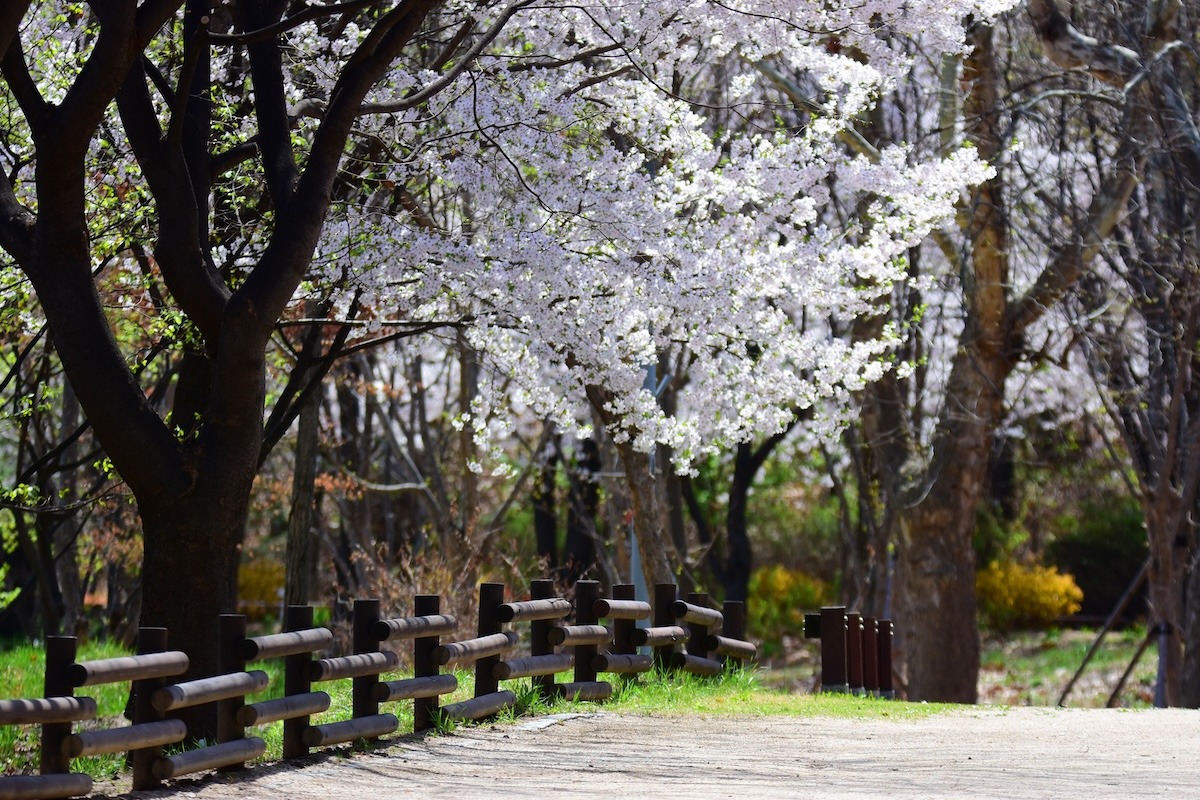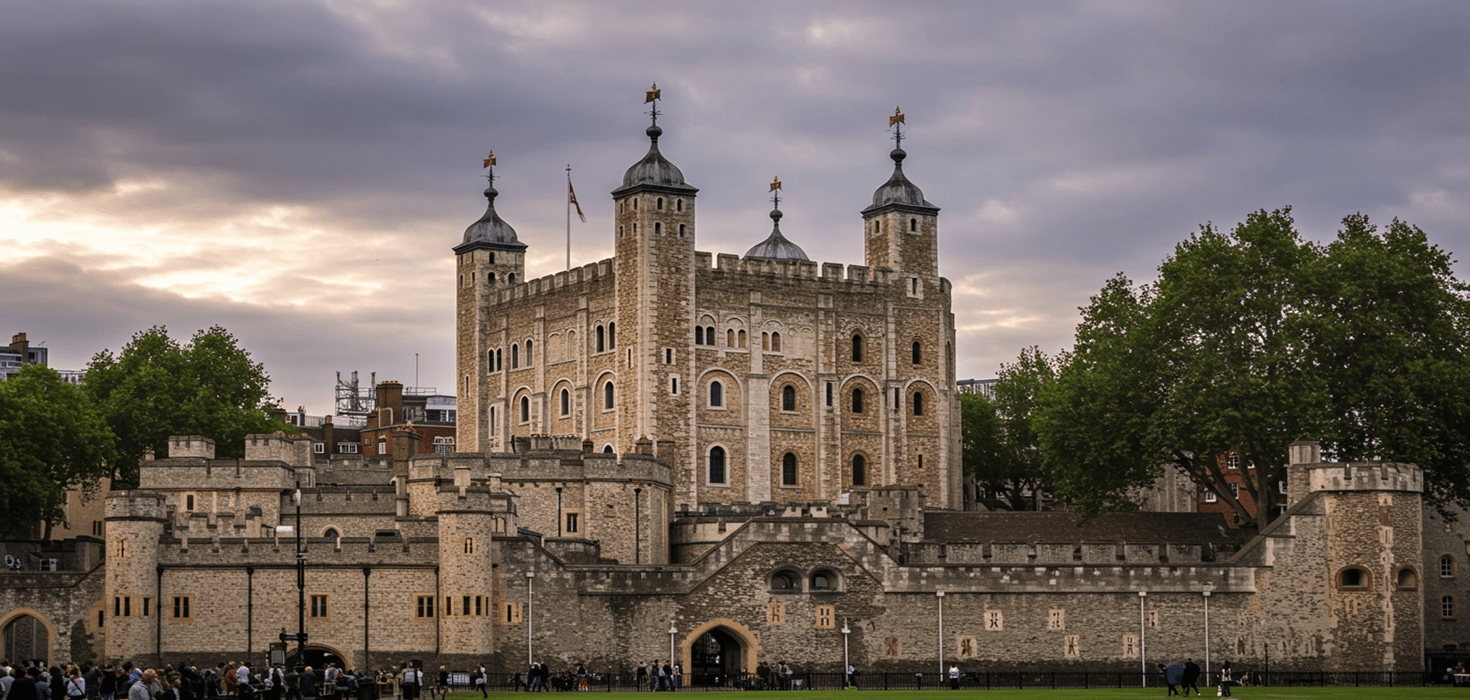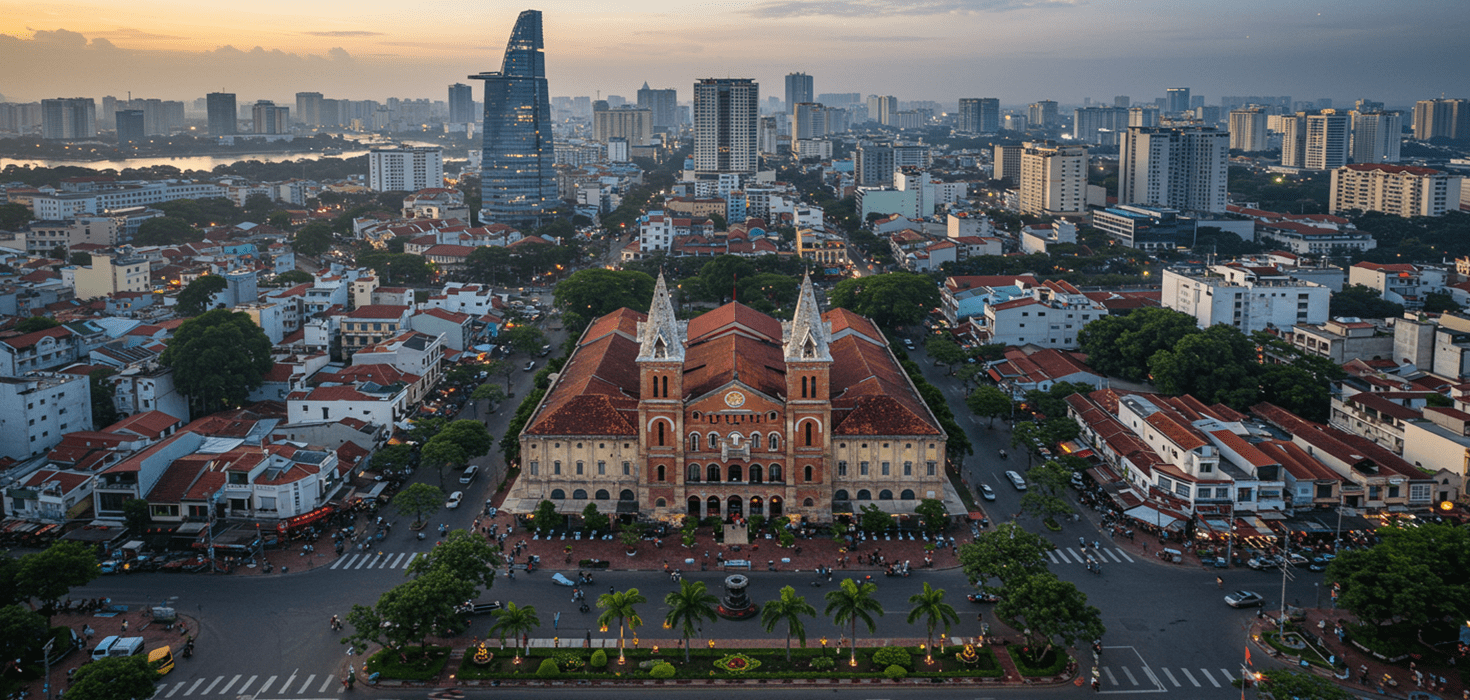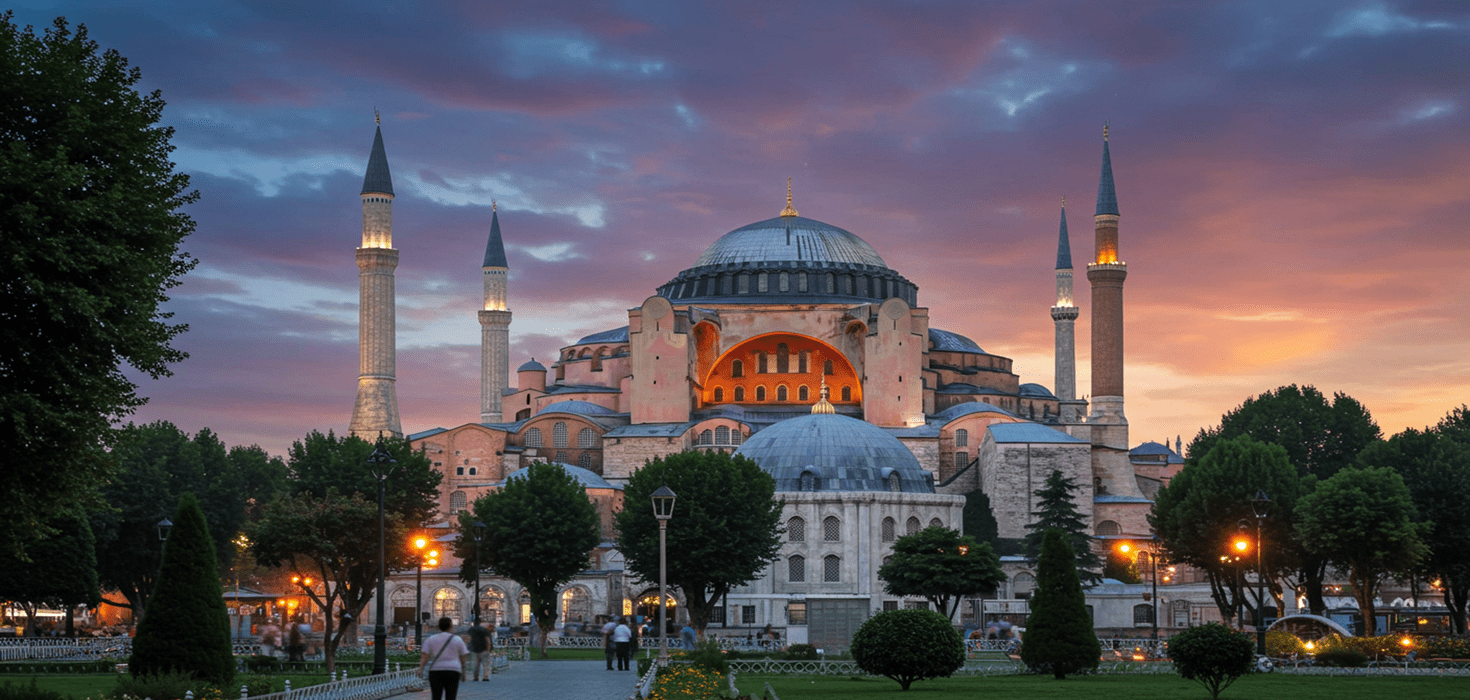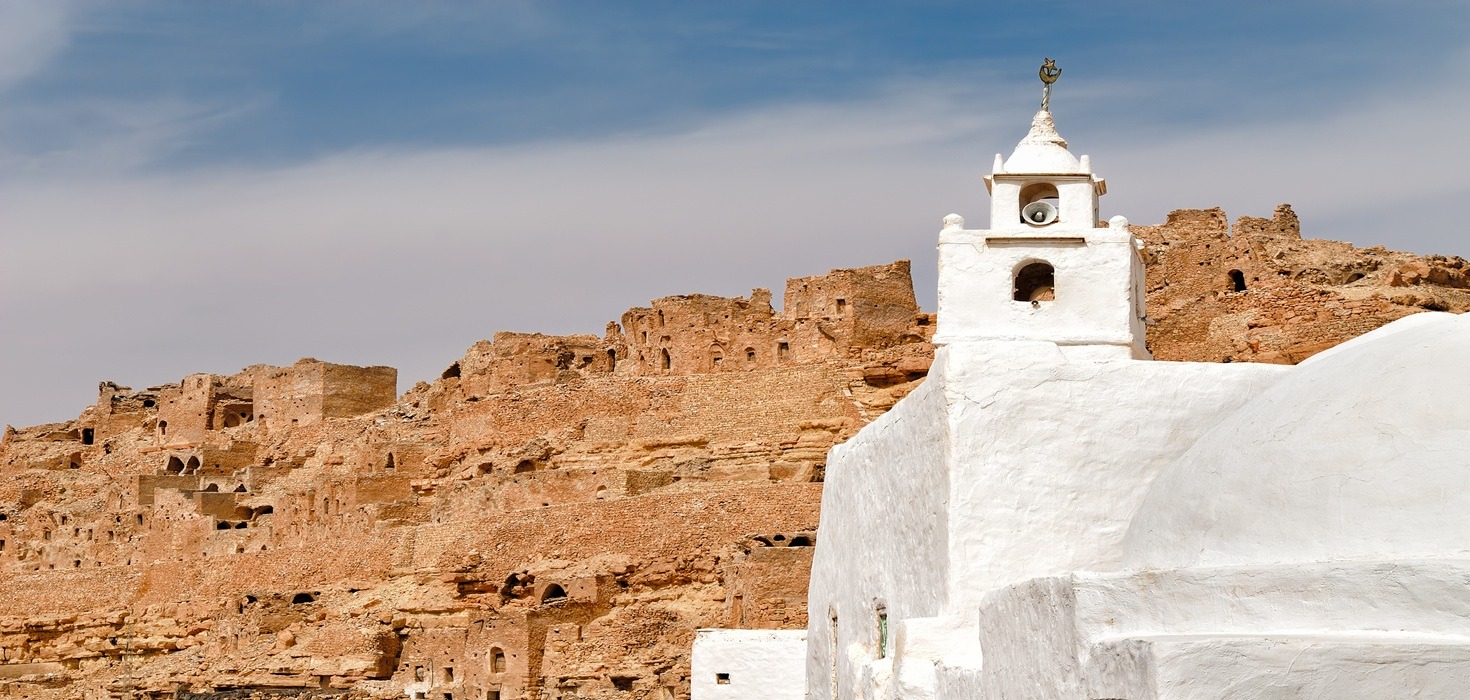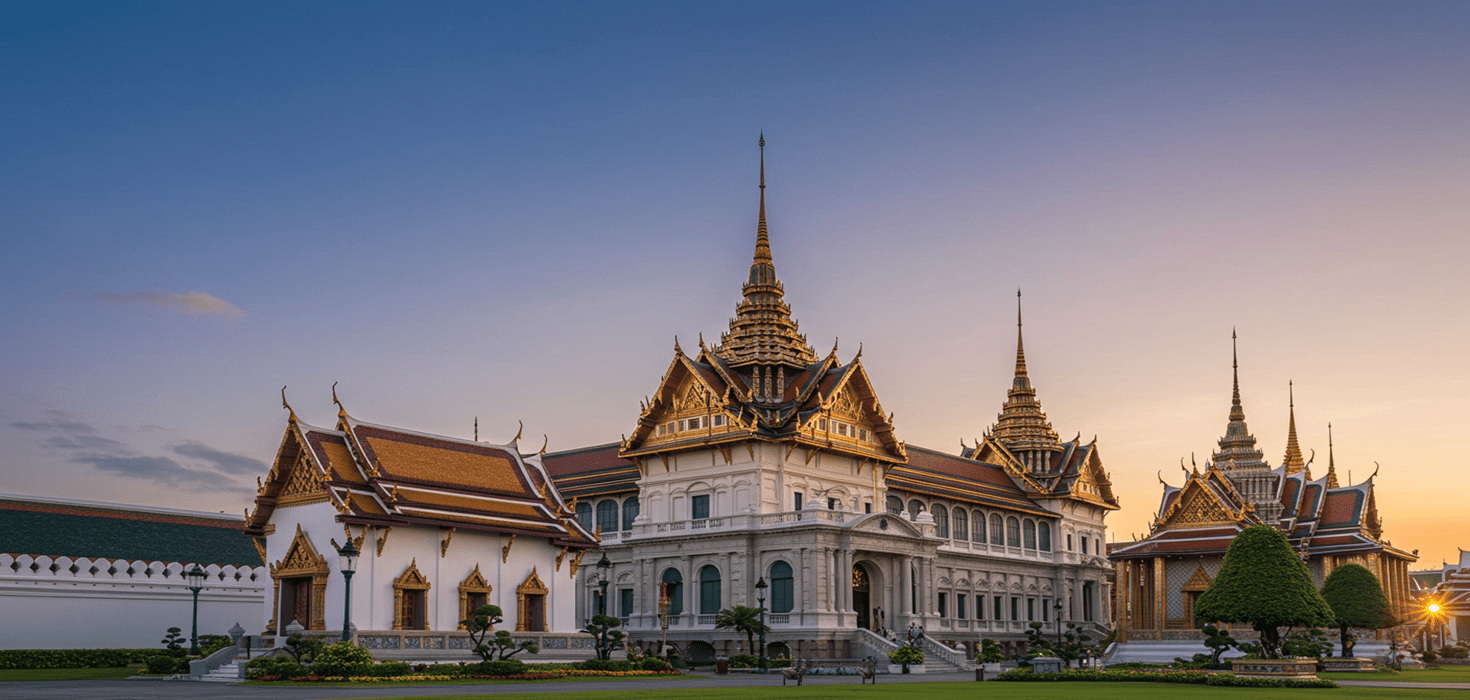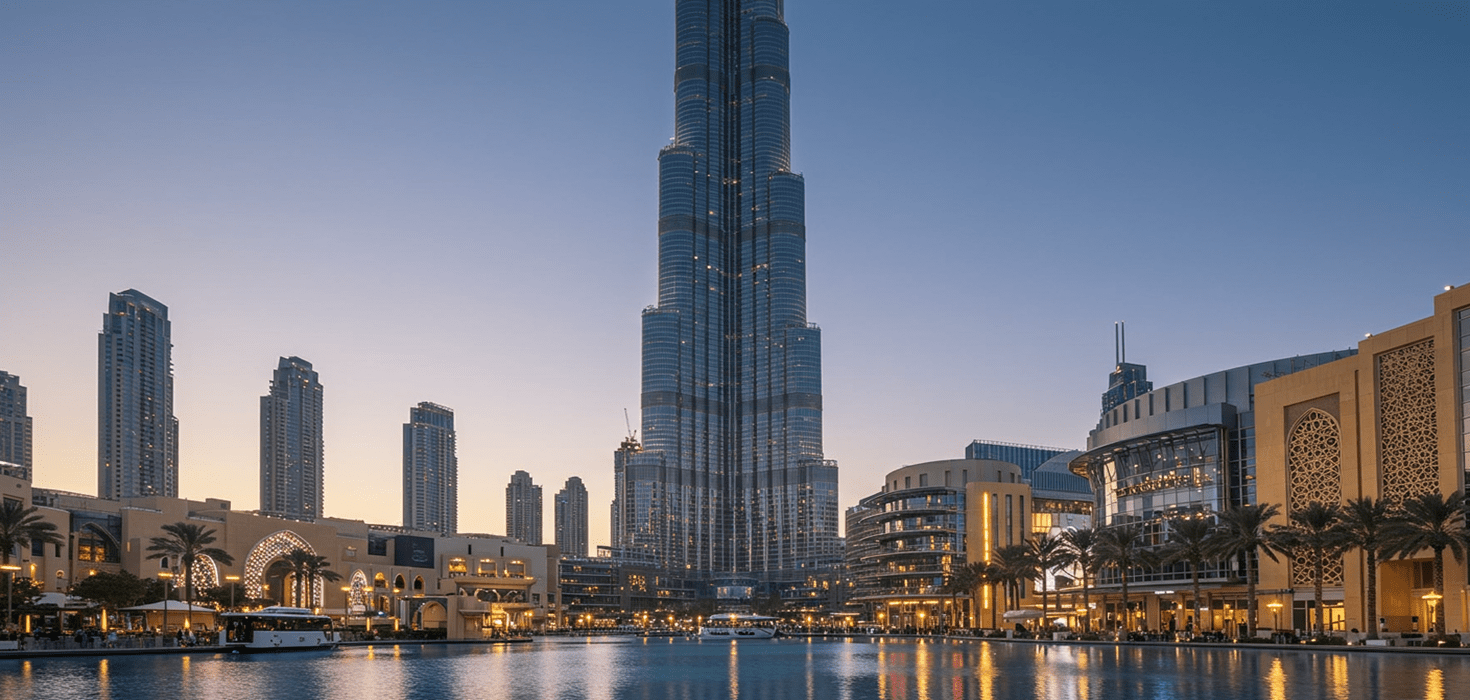Known for its rich history, vibrant culture, and spirited energy, Gwangju is a city that offers more than meets the eye. Beyond the bustling streets and popular attractions lies a world of undiscovered treasures waiting to be explored. This guide dives deep into the heart of Gwangju, revealing hidden gems and secret spots that provide a glimpse into the city’s soul.
Discovering Gwangju’s Art Alley
Art enthusiasts and wanderers alike will marvel at the vibrancy of Gwangju’s Art Alley. Tucked away in a nondescript neighborhood, this alleyway bursts into life with colorful murals and installations created by local artists. It’s a living gallery that captures the creative spirit of the city, offering a unique glimpse into the dreams and stories of its residents.
The Hidden Cafés of Yangnim-dong
In the heart of Gwangju’s historic district of Yangnim-dong, a series of hidden cafés await discovery. These quaint, charming spots offer not just a cup of coffee but a cozy escape into Gwangju’s past. With architecture and décor reminiscent of bygone eras, each café has its own story to tell, promising an enriching cultural and culinary experience.
The Tranquil Respite of Wolbong Seowon
Stepping into Wolbong Seowon is like walking through the pages of history. This Confucian academy, hidden among the lush landscapes outside the main city, offers a peaceful retreat where one can reflect amidst ancient architecture and pristine natural surroundings. It’s a place where the past and present merge, offering lessons in history and serenity.
Gwangju’s Secret Garden: Soswaewon
Hidden away from the well-trodden paths is Soswaewon, a traditional Korean garden that embodies the essence of harmony and balance. With its meticulously landscaped gardens, tranquil ponds, and poetic inscriptions, Soswaewon is a refuge that captures the spirituality and artistic sensibility of Korean culture. This secret garden is a place where nature and artifice blend seamlessly, offering a serene escape into nature’s embrace.
The Charm of Gwangju’s Old Market Streets
A journey through Gwangju’s old market streets is akin to a culinary adventure through time. Away from the glossy modernity of shopping malls, these bustling lanes offer an authentic slice of Korean life. From traditional hanbok shops to stalls selling antique goods and savory street food, the market streets are a tapestry of sights, sounds, and smells, inviting travelers to immerse themselves in the local culture and commerce.
Mudeungsan National Park: Gwangju’s Natural Marvel
For adventurers and nature lovers, Mudeungsan National Park offers a majestic backdrop of mountains, vast forests, and serene lakes just waiting to be explored. This natural marvel provides an array of outdoor activities, from peaceful hikes along marked trails to challenging climbs up rocky peaks. Mudeungsan is a testament to Korea’s rugged beauty, offering panoramic views that stretch across Gwangju and beyond.
Essential Travel Tips for Exploring Gwangju
Visiting a city as rich in culture and history as Gwangju comes with the excitement of discovery and the need for some planning. Here are essential tips to help you navigate the city, ensuring a smooth and enjoyable experience:
- Public Transportation: Embrace Gwangju’s efficient public transit with the Gwangju Metropolitan City Bus and the Gwangju Subway. Familiarize yourself with the routes to easily access hidden gems scattered throughout the city.
- Language: While English is widely understood in tourist areas, learning a few basic Korean phrases can enrich your interactions with locals and show respect for the culture.
- Cash and Currency: While credit cards are commonly accepted, carrying some cash is advisable for smaller shops and local markets. ATMs are widely available for withdrawing local currency (Korean Won).
- Etiquette: Respect local customs, such as removing shoes before entering homes and some traditional restaurants, and observe the expected social manners to ensure a respectful and valued visitor experience.
- Local SIM or WiFi: Stay connected by renting a local SIM card or portable WiFi device, available at Gwangju Airport or online, to assist with navigation and translations.
Gwangju’s Cultural Calendar: Festivals and Events
Gwangju’s vibrant culture is celebrated throughout the year with a variety of festivals and events that showcase its rich heritage and contemporary spirit. Timing your visit to coincide with these events can offer a deeper insight into the city’s ethos:
- Gwangju Biennale: A major contemporary art event held every two years, featuring artists from around the globe.
- Kimchi Festival: Celebrating Korea’s most famous culinary tradition, this festival offers kimchi-making sessions, tastings, and cultural performances.
- Cherry Blossom Festival: Marking the arrival of spring, the cherry blossom festival transforms Gwangju’s parks and streets into blooms of pink and white.
Gwangju, a city of depth and diversity, offers more than just a travel destination; it provides an experience that touches on the serene, the historic, and the vibrantly modern. By venturing off the beaten path, embracing sustainable practices, and participating in its cultural life, visitors can form genuine connections with this dynamic city. Whether you’re seeking tranquility, historical insights, or cultural immersion, Gwangju invites you to uncover its hidden gems and make lasting memories.

